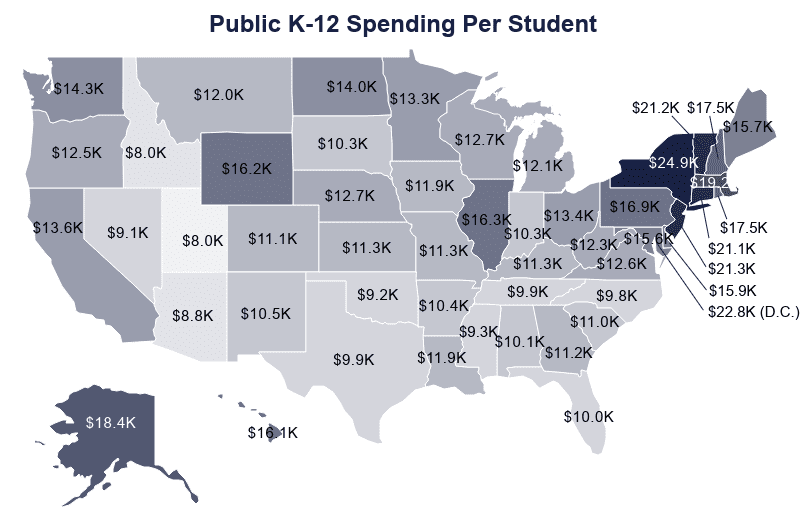Education and the right to learn is something that is a staple in communities across the globe. No matter where you are in the world, striving to better yourself and increase knowledge is an admirable pursuit that should be available to anyone. Not only do schools teach students skills in an academic sense, but also soft skills such as communication, socialization, and providing a space for physical activity as well. However, not everyone has equal access to education. Minority students may seem to do worse in some aspects due to unequal access to key resources (quality educators and curriculum). This is a very apparent issue when comparing school districts in wealthy and poorer areas. In the United States, the wealthiest ten percent of districts spend about ten times more than the lowest ten percent. However, on the other side of the debate, people believe that it is a student’s fault if they do not succeed through school and afterwards. I believe that there are definitely other factors besides pure desire to do great that could determine success.

(This map shows that school spending on each student definitely varies even based on just location. Some schools spend more money per student compared to others, meaning that they would have a more quality education overall. Note that public education spending in the US falls short of global standards as well.)
Segregation
Although racial segregation has been outlawed for a long time period in the United States, there are still “separate but equal” districts in the country. In fact, over half of students are in districts where over 75 percent are either white or nonwhite according to The New York Times. And when these districts with a majority of students of color have families with lower income, it leads to a disparity in quality of education. These are mostly located in central city areas. The quality of teachers may also be different depending on the level of funding. Those who can provide an environment to their students that is both challenging and well-paced can determine how well their students fare later in their educational journey.

Digital Divide
And now, a link to the pandemic. It goes without saying that COVID-19 has forced many aspects to go virtual, including schools. This means that technology is a much more pivotal factor in education now more than ever. The good news is that there are no racial differences when it comes to owning cell phones and tablets. However, black and Hispanic adults are less likely than whites to have a computer or high-speed internet at home. This means that for many students, they may not even have access to class material or lectures, which serves as a severe disadvantage. Even as Americans with lower incomes begin to gain more access to technology, it will take a long time to completely get rid of this divide.